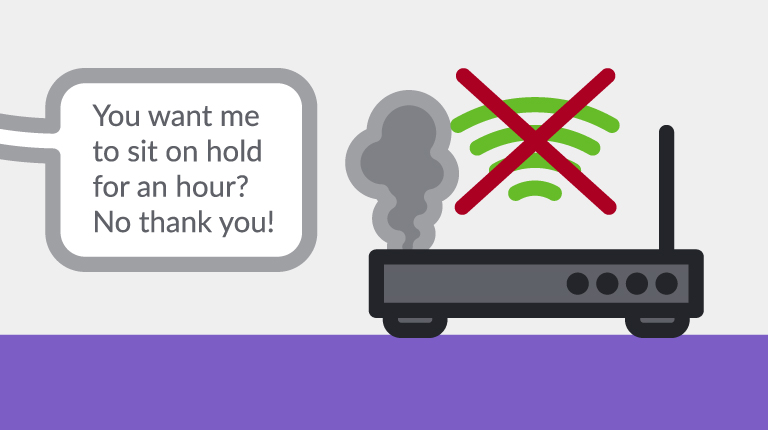Last month, I participated in the 2015 Intelligent Assistants Conference in New York, which focused on topics related to improving customer experience and self-service efficiency.
During the conference, I took part in a panel that discussed the importance of balancing technology and human touch to provide a robust customer experience. Customers continue to demand effortless, efficient user experiences that are available at any time across any device. The result is a growing number of technologies, such as speech and natural language solutions, offering human-like self-service experiences to ensure the highest level of accuracy. Given the evolution of these technologies, the question that many have is whether the current involvement of live agents in automated intelligent virtual assistant solutions is temporary. Will natural language and semantic understanding eventually improve to the point where live agents are replaced altogether?
The short answer is that, along with automated self-service solutions, live agents play an important and complementary role in delivering superior customer service in two ways:
- As traditional customer service agents working directly with customers
- As interpreters and trainers for advanced natural language virtual assistant applications
Multichannel, multimodal virtual assistant solutions that utilize natural language provide an efficient and frustration free self-service experience for the customer across all devices. At Interactions, this is done by seamlessly integrating artificial and human intelligence to provide a human-like, natural customer experience. The continued improvement of virtual assistant solutions is dependent on human feedback and understanding, with agents acting as both interpreters and trainers. This allows our natural language processing and machine learning technologies to continuously learn and adapt to customers and information over time, enabling increased automation of complicated interactions. However, there remain a number of customer interactions that are best handled directly by live agents due to high-complexity or business rules, such as cases of customer retention. Inserting self-service applications actually frees live agents to focus on these types of high-touch, high-value applications.
The involvement of the agent today is more, not less, important given the multiple roles they play. Ultimately, people will always play a role in providing excellent customer service experiences, but this role is evolving as virtual assistant technology adapts to continuously improve the customer experience. The important factor for companies to consider is the balance between technological and human involvement in customer care, with the ultimate goal of delivering the best customer experience possible.
Learn more about how Virtual Assistant solutions can improve your customers’ experience.




